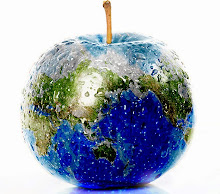Thursday, 30 April, 2009

This is HL #9. Head your loose leaf paper correctly, write answers only (letter only).

This is HL #10. Head your loose leaf paper correctly, write answers only (word that goes in the blank).


Read the article, then answer the questions found on the handout below.

Use blue/black ink or pencil. Use complete sentences to record your answers.


These are the instructions and rubrics for your project on growth and development. Follow them carefully.

Make your graph (bar graph) of your data using this sheet.
Students will be able to:
use information from internet access and classroom discussions to:
-research information for the written report Classification Of Living Things.
Students received HL 9 and HL 10, which can be found at the top of this blog. They also received article 1, also at the top of the blog. Read and follow all instructions.
Students received handouts for the project My Growth and Development. These are at the top of the blog.
Students spent the remainder of the period working on finding information for their written report on classification. If you lost your handouts, scroll down to Tuesday, 21 April, 2009 to find the handouts used for this report. The report is due on Monday. Visit Dr. Gayden's Science Zone (drgcdms.podomatic.com) for the date Thursday, 21 April, 2009. There, you will find links to all the information needed to successfully complete the report. You may have to read the entire page to find the information needed, so don't forget to scroll down each web page. Also, write down the URL addresses; you need 10 or more references for your reference page!































